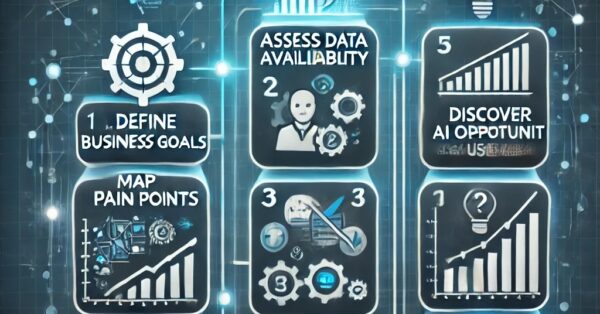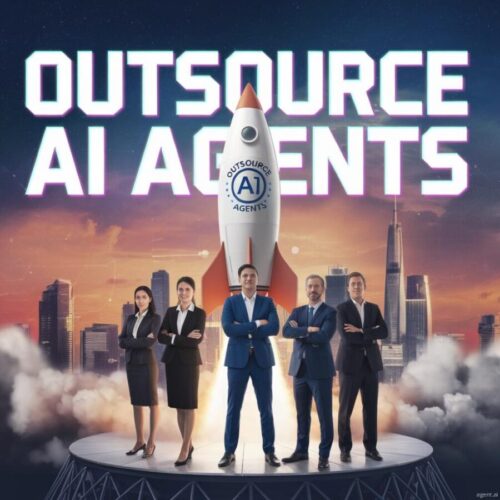The AI Minefield: 5 Pitfalls Businesses Need to Avoid
Posted 2 months ago by Joseph Tricarico
The effective integration of technology within business operations is a critical undertaking for organizations aiming to thrive in the contemporary landscape. However, this process is rarely without its complexities. As companies increasingly look to leverage advanced tools, including Artificial Intelligence (AI), a distinct set of challenges and potential pitfalls emerge that require careful consideration and strategic navigation.
A foundational challenge lies in ensuring that technology initiatives, particularly those involving AI, are tightly aligned with the overarching business strategy. Simply adopting AI because it’s a prevalent trend, rather than identifying specific business problems it can solve or opportunities it can unlock, is a significant pitfall. Without a clear strategic purpose, AI implementations risk becoming isolated experiments that fail to deliver tangible value or contribute to key business objectives. The integration of AI needs to be a deliberate step towards achieving defined business outcomes.
The traditional communication gap between business stakeholders and technology teams is further exacerbated by the introduction of AI. Business leaders may not fully understand the capabilities, limitations, and ethical considerations of AI, while data scientists and AI engineers may lack a deep understanding of the specific business processes and customer needs the AI is intended to address. This disconnect can lead to the development of AI solutions that are technically sound but fail to meet business requirements or gain user acceptance. Bridging this gap requires enhanced collaboration, mutual learning, and a shared vocabulary.
Integrating AI into existing legacy systems and infrastructure presents a considerable technical challenge. Many organizations operate with a patchwork of older systems that were not designed to readily accommodate the data requirements and processing power needed for AI. Attempting to force AI into incompatible environments can lead to complex integration issues, data silos, and hindered performance. A careful assessment of the existing technical landscape and a realistic plan for integration or modernization is crucial before embarking on significant AI deployments.
Furthermore, the successful implementation and scaling of AI solutions demand specialized skills and expertise that may not be readily available within the organization. From data scientists and AI engineers to individuals who can manage and interpret AI outputs, the talent required is often scarce. Underestimating this need and failing to invest in upskilling existing staff or acquiring new talent is a significant pitfall that can stall AI initiatives.
Resistance to the changes brought about by AI is another critical factor. Employees may fear job displacement, lack trust in AI-driven decisions, or be hesitant to adapt to new workflows. Implementing AI without a comprehensive change management strategy that addresses these concerns, provides adequate training, and highlights the benefits of AI as a tool to augment human capabilities can lead to low adoption rates and a failure to realize the potential efficiencies and improvements.
Finally, focusing narrowly on the technological novelty of AI while neglecting the ethical implications and governance requirements is a dangerous pitfall. AI systems can perpetuate biases present in their training data, raise privacy concerns, and create complex questions around accountability. Organizations must proactively establish ethical guidelines, implement robust data governance frameworks, and ensure transparency in how AI is developed and used to build trust and mitigate potential negative consequences.
In essence, while AI offers immense potential to transform businesses, its successful integration is contingent upon recognizing and strategically addressing these multifaceted challenges. By prioritizing alignment with business strategy, fostering strong communication and collaboration, planning for technical integration, investing in talent, managing organizational change effectively, and upholding ethical considerations, organizations can navigate the complexities and responsibly harness the power of AI for sustainable growth.





